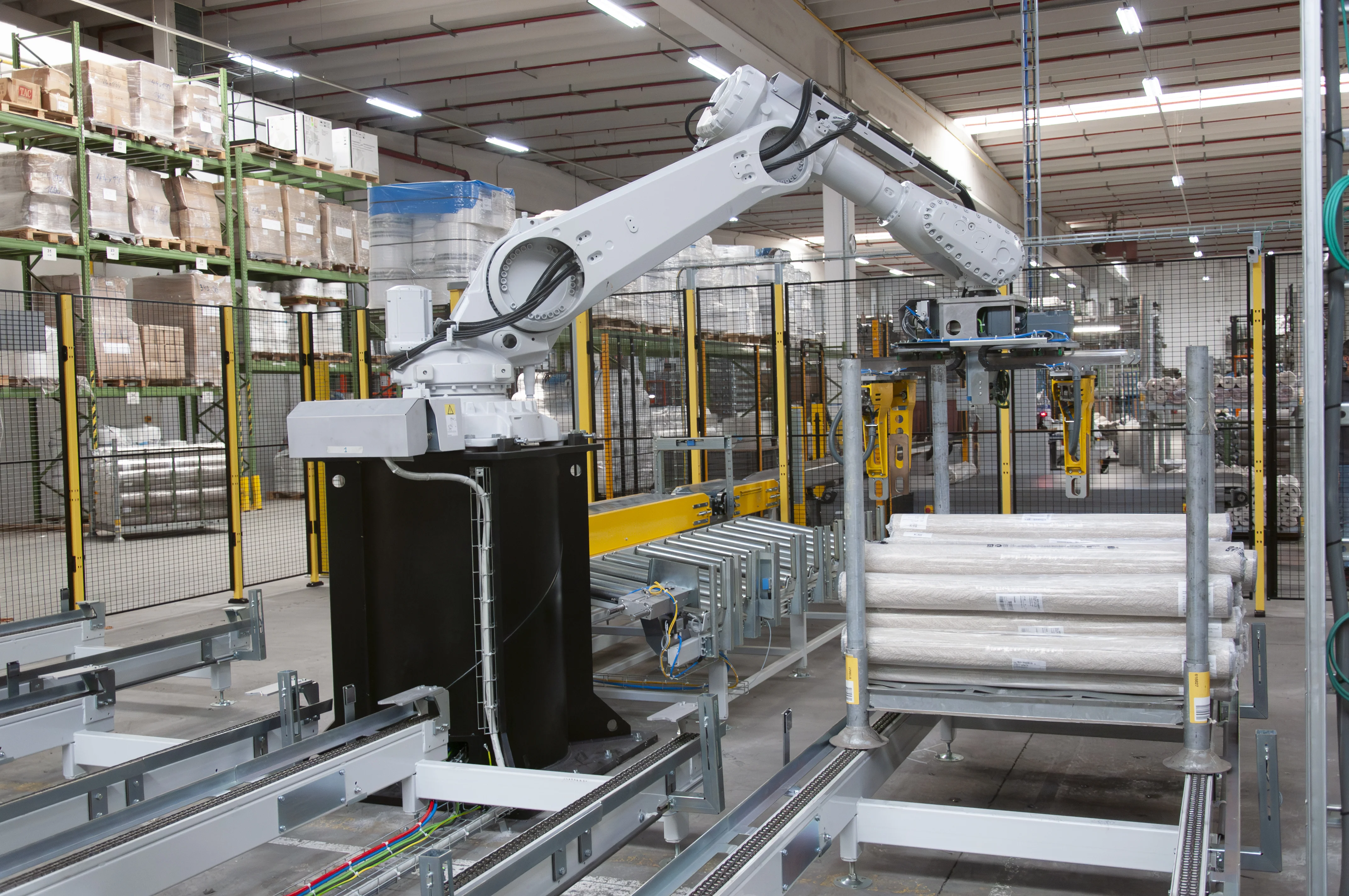“Over the last few decades, the epicentre for textiles and carpets has moved from the south of West Flanders to Turkey. We at Mc Three aim to react to this shift and establish our hold on the market by regularly launching new products and by our superb customer service. One of the ways we’re doing this is by accepting very small orders. Furthermore, as a private-label producer, our work is completely tailored to the customer when it comes to packaging, labelling, etc. But to be able to offer this level of service while keeping our prices in line with market rates, we need a comprehensive ERP system, combined with automatic mechanisms such as robotisation and high-bay warehousing.”
Based in Waregem, Mc Three has two business units, Carpets and Yarns. Mc Three Carpets produces machine-woven area rugs with standard dimensions for the residential market. The company supplies retailers and e-commerce B2B worldwide. In 1998, Mc Three relocated from the centre of Waregem to a 60,000 m² site in Vijverdam, the town’s industrial zone.
FOUNDED
1989
TOTAL WORKFORCE
295
ANNUAL PRODUCTION VOLUME
4 million m² of carpet
ANNUAL TURNOVER
€ 40m (average)
RADIUS OF ACTIVITY
Worldwide

